Many things in life can be a pain in the neck, and for 10% of the population it is more than just a figure of speech. According to a study by Donald R. Gore, MD, Medical College of Wisconsin, at any given time about 1 in 10 people suffer from neck pain (1). The Global Burden of Disease 2010 Study ranked neck pain as the 4th highest in terms of disability as measured by years lived with disability, and 21st in terms of overall burden (2).
Often the exact cause or source of the neck pain can be elusive and can have multiple influencing factors. When working correctly, the neck is a perfect balance of 7 vertebral bones, each separated by a disc and articulating through 2 joints, supported by ligaments, and controlled by over 50 different muscles. It is amazing how well it all works, and equally amazing how easily one little malfunction can have a domino effect on this intricate balance.
Here are a few tips to help you maintain a healthy neck:
STRAIGHTEN YOUR POSTURE: This is the most effective way reduce the stress on the structures though the neck and shoulders. Slouching though the upper back places the upper spine in a downward facing direction, rounds the shoulders forward, and causes head and neck to shift forward on the shoulders. This forward head posture places much greater stress on the joints and muscles of the neck.
IMPROVE YOUR COMPUTER WORK-STATION: An ergonomically correct workstation with proper sitting support, keyboard height, mouse location, and computer monitor location are essential to avoid a multitude of neck, back, and arm problems. This has been well understood for many years. However with the evolution of technology, many of us are now spending many hours using cell phones and tablets without consideration to posture and the stress this places on our bodies. According to a recent study in Surgical Technology International, craning the neck over a cell phone can exert an extra 60 pounds of weight on the head of an adult! (3) It is important to apply the same ergonomic principals to our modern work station devices.
GIVE YOURSELF A BREAK: Prolonged postures with the head forward while working at the computer, reading a book, or simply texting on the phone can compound the tightness through the upper neck to the back of the skull, a common source of tension and headaches. Periodically pause from working or reading and straighten out the curve of the neck.
STRETCH YOUR NECK MUSCLES: Lean your head gently to the side until you feel a good stretch of the opposing muscles. Hold the position for several seconds and then tip your head forward a little to change the angle of pull a bit. You can alter the head position to find the best pull into the areas feeling tightest. When working during the day, pause to stretch a little before you feel the tightness and tension building. It is easier to keep the muscles loose than it is to loosen them up once they become painfully tight.
STRENGTHEN YOUR UPPER BACK & SHOULDER BLADE MUSCLES: We do so much activity working the muscles in the front of our shoulders that they tend to get tight and dominate over the weaker muscles in the back of the shoulders and upper back area. This pulls us even more into the slouched forward position. Practice this simple exercise: With your arms folded in front of you, squeeze your shoulder blades back together while pushing your chest out forward. Hold this position for 10 seconds or more. You should feel the tension of the muscle squeezing between your mid to lower shoulder blades. Improving the tone and support of these lower scapula muscles will help to take the tension off of the upper shoulder and neck muscles. Set up cues throughout the day to remind you to work these muscles… when driving, every time you are at a red light, see if you can maintain this posture until the light turns green.
SEEK PROFESSIONAL HELP: Weather it is the occasional “crick” in the neck from sleeping wrong, persistent tightness in the shoulders, tension headaches, a stiff neck, or disabling pain from a traumatic injury, physical therapy can help. The experts at ApexNetwork Physical Therapy are trained in manual techniques and exercises to relieve pain and improve motion and mobility.
Visit www.apexnetworkpt.com or call 618-651-0444 to find a location near you.
1) The Epidemiology of Neck Pain. Donald R. Gore.http://www.digital-doc.com/neckpain.htm
2) The global burden of neck pain: estimates from the Global Burden of Disease 2010 study. Damian Hoy et al. Annals of Rheumatic Disease, January 2014
3) Assessment of Stresses in the Cervical Spine Caused by Posture and Position of the Head.
Kenneth K. Hansraj, MD Surgical Technology International
